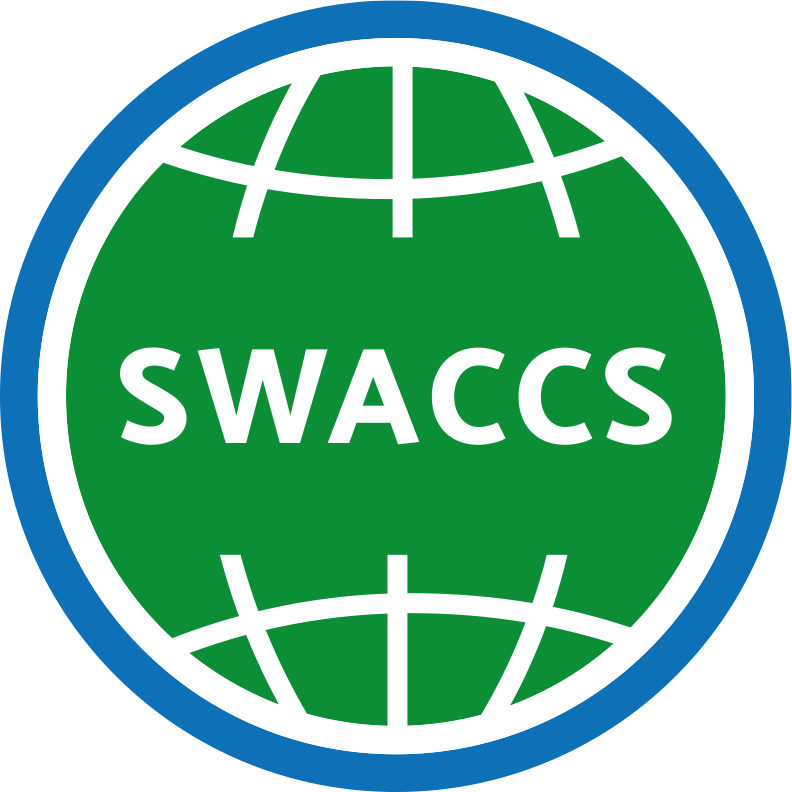SWACCS Seminar Series - December
Our consumables, safety, and essential utility under consideration.
Day: Wednesday, 6th December 2023
Time: 14:00- 15:00
Format: Zoom Meeting
Speaker: Romain Figuière, PhD student (Ian Cousins group), Department of Environmental Science, Stockholm University
Title: “The application of the essential-use and functional substitution concepts to phase-out harmful chemicals from cosmetic products – Example of persistent and mobile substances”
Abstract:
Measures are needed to protect water sources from substances that are mobile, persistent and toxic (PMT) or very persistent and very mobile (vPvM). PMT/vPvM substances are used in a diverse range of applications, including consumer products. The combined application of the essential-use and functional substitution concepts has been proposed to phase out substances of concern and support the transition to safer and more sustainable chemicals, a key goal of the European Commission’s Chemicals Strategy for Sustainability. Here, we first identified the market share of PMT/vPvM containing cosmetic products. We found that 6.4% of cosmetic products available on the European market contain PMT or vPvM substances. PMT/vPvM substances were most often found in hair care products. Based on their high occurrence, the substances Allura red (CAS 25956-17-6), benzophenone-4 (CAS 4065-45-6) and climbazole (CAS 38083-17-9) were selected as case-studies for assessment of their functionality, availability of safer alternatives and essentiality. Following the functional substitution framework, we found that the technical function of Allura red was not necessary for the performance of some cosmetic products, making the use non-essential. For other applications of Allura red, as well as all applications of benzophenone-4 and climbazole, the technical function of the chemical was considered necessary for the performance. Via the alternative’s assessment procedure, which used experimental and in silico data and three different multicriteria decision analysis (MCDA) strategies, safer alternatives were identified for all case-study chemicals. All assessed uses of PMT/vPvM substances were thus deemed non-essential and should consequently be phased out.
Speaker: Dr. Lisa Skedung, Researcher and project manager, RISE Research Institutes of Sweden
Title: “Screening and identification of polymeric PFAS in consumer products”
In the proposal for a broad PFAS restriction, prepared by Sweden, Norway, Denmark, Germany and the Netherlands, there is proposed concentration limit of 50 ppm total fluorine (μg/g), that includes both polymeric and non-polymeric PFAS. Since target analysis using LC-MS/MS, that is commonly used for PFAS-analysis, does not cover all PFAS nor the polymeric ones, there is a need for new analytical methods. Within the POPFREE Industry project, combustion ion chromatography (CIC)-based total fluorine (TF) determination together with pyrolysis-gas chromatography-mass spectrometry (Pyr-GC/MS) have successfully been used for quantification and identification of polymeric PFAS in a wide range of consumer products. Within POPFREE Industry it was used to help companies understand if they have PFAS in their products, and we now propose these methods as possible techniques for future enforcement of a broad PFAS restriction.
